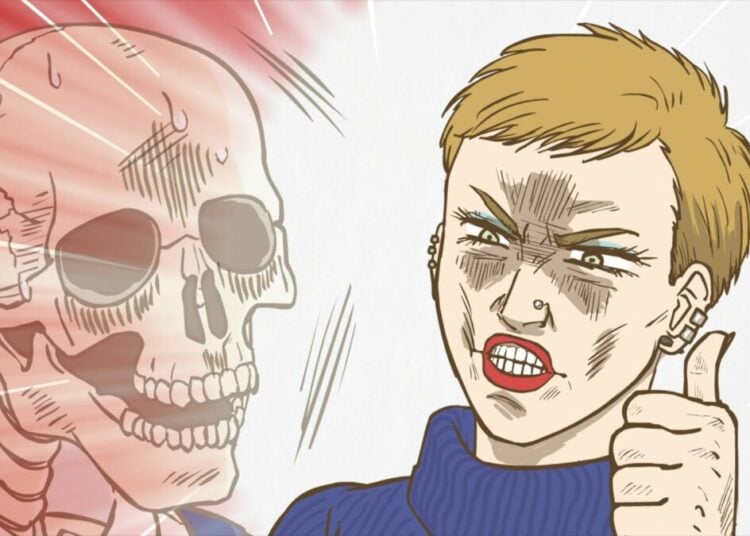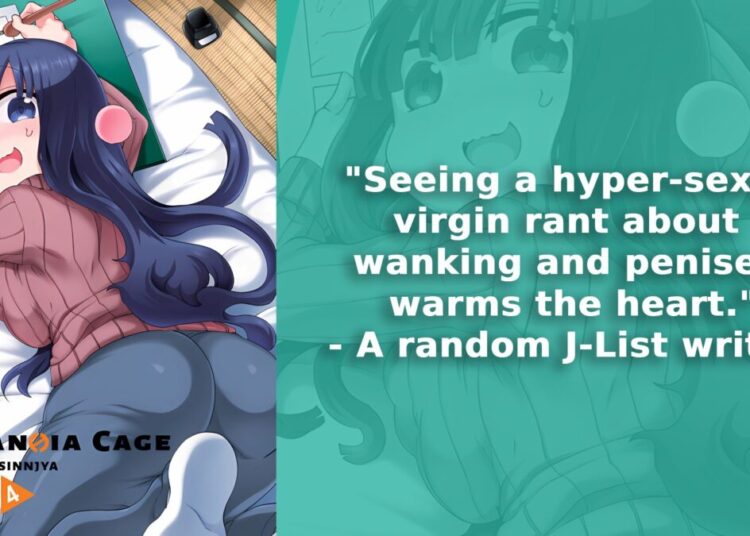In 2002, LOVELESS began publication in Monthly Comic Zero Sum magazine in Japan. The series would go on to become one of the most commonly known BL/yaoi series outside of Japan for the millennial audience. In many ways, it had everything an unsuspecting new anime fan of the 2000s might have been looking for. The series had an element of edginess to its promotional material, people with cat ears, fantasy fight scenes, and a title that was easy to search for. In 2005, it received a 12-episode TV anime, adapting the first four volumes of the manga. The anime series closed with a false ending, encouraging fans to pick up the books. The series was praised upon release for its artwork, dark themes, and narrative.
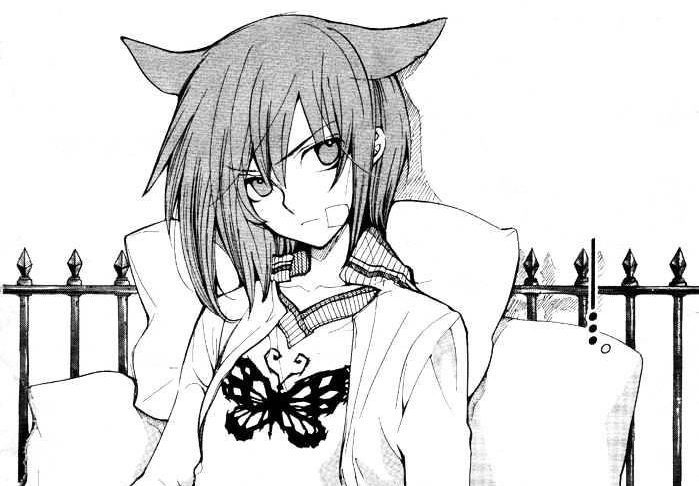
The Plot?
One day, after coming home from school, Ritsuka Aoyagi discovers his brother’s (Seimei) corpse sitting at his desk, burned black to a point that he was unrecognizable. All evidence points to it being a homicide, but with no leads, Seimei’s murder goes unsolved. Confused, scared, and left alone to suffer an onslaught from his abusive mother, Ritsuka falls into a state of depression. Two years later, a mysterious man named Soubi appears before Ritsuka, claiming to have been good friends with Seimei before he died.
Their meeting is the start of a bond which leads to Ritsuka having to offer himself as a Sacrifice in a spell battle in order to uncover the secret behind the organization known as Septimal Moon and Seimei’s murder. Even today, thirteen years since I first got into the series, I still remember hosting a watch party where my closest friend described LOVELESS as “an extremely gay catboy rip-off of Pokémon” after the second episode.
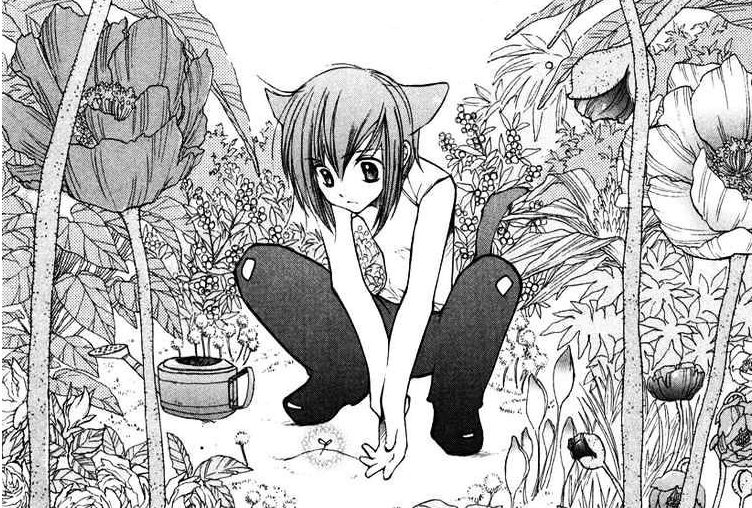
So How Does it Hold up After 20 Years?
In some areas: exceptionally well! Other areas are littered with controversies. Admittedly, I had been a big follower of LOVELESS when I was in high school because it was one of the few yaoi series that was available in English at my small-town bookstore. Looking back, the first few books are hard to stomach, knowing that it gears up to promote a potential romance of a 12-year-old boy (Ritsuka) with a 20-year-old college student (Suobi). While there was never any confirmation, the controversy surrounding this, on top of readers regarding it as yaoi despite Yun Koga labeling the series otherwise, probably served as the reason behind the hard-left turn the narrative takes in volume five, and sticks to.
After the content that made up the anime, volume five kicks off with a whirlwind in Ritsuka’s home — unapologetically showcasing the absurd physical abuse he receives from his mother, who has become mentally undone since Seimei’s death. Coming-of-age arcs overlap with Ritsuka’s timid homeroom teacher, as well as Soubi’s own stubborn pride, masochism, and trust issues, all linked to his time as Seimei’s Fighter.
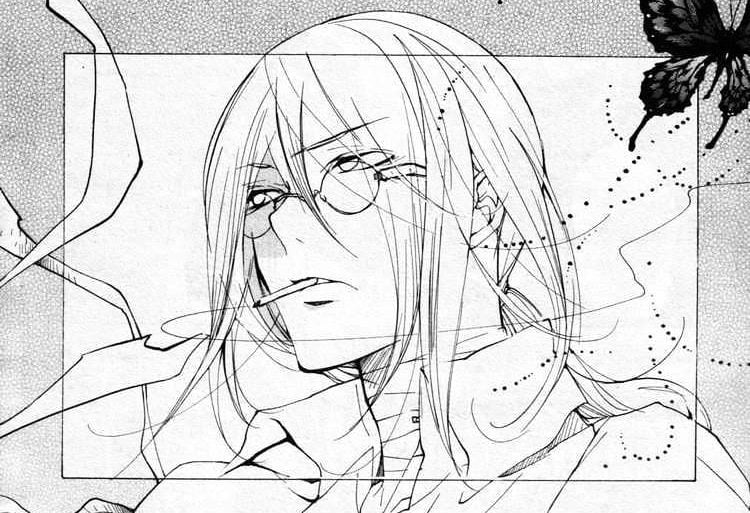
Leading into the next few volumes, Ritsuka and Soubi’s relationship evolves from a potential romance to one based on mentorship, co-dependency, protective instincts, and teamwork. Romantic tones come to a steady halt, and finally, Soubi feels more like a teacher, family friend, or an older brother to Ritsuka. Had this been the dynamic from the beginning, LOVELESS would have probably aged a lot better.
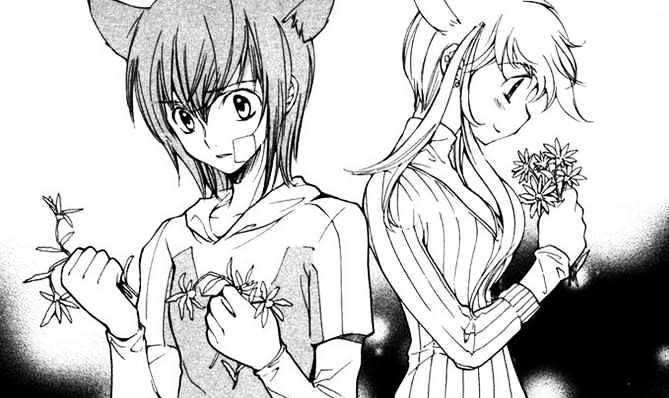
Between all this, the actual plot focus, being Seimei’s death, feels dragged out for the sake of reshaping Soubi and Ritsuka’s relationship, with a lot of otherwise meaningless spell battles. Finally, the two decide to leave Tokyo for Soubi’s old school, which also serves as the Septimal Moon headquarters. Fighters and their Sacrifice train in a hidden location. There, Ritsuka meets old enemies who are now more than happy to be his allies and teach him a few of the tricks to being a Sacrifice. At the same time, the reader learns of Soubi’s twisted upbringing and relation to Seimei from years prior, explaining why he has such a demented perspective of love and affection. It is important to point out that while the reader learns this, Ritsuka doesn’t.
– Spoilers from here on –
Seimei being revealed to still be alive raises a lot of questions about who died in his place, and the reason behind his attempted murder goes unanswered. Ritsuka is now Seimei’s target due to Soubi becoming his fighter, making the two brothers enemies. Upon their return to Tokyo, the story slows down once again for the party to investigate what little belongings Semei left behind. Very little is found, and unfortunately, the series starts to trickle down to a lot of filler chapters, putting the focus on side characters who still don’t become that relevant to the main conflict.
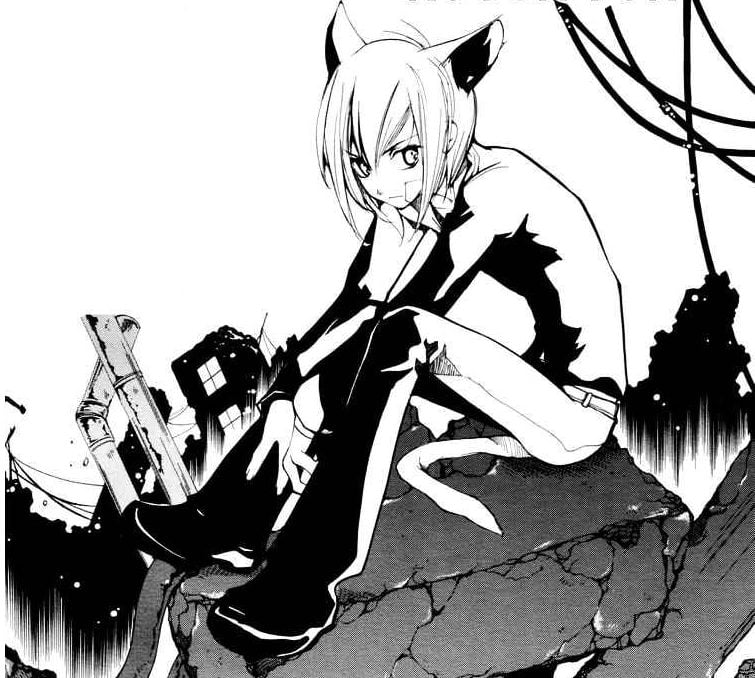
At times, it feels like Koga-sensei forgets the order events take place in, telling days worth of conversations between Ritsuka’s school friends, and then cutting back to the same scene of Seimei and Soubi in the middle of combat against another paired Fight and Sacrifice. Volumes 11–13 feel especially out of order, often pointless and confusing. This amounts to a lot of content with little substance. If there was a comic book version of Truman Capote’s quote “That’s not writing, that’s typing,” then I think LOVELESS is an unfortunate example of such.
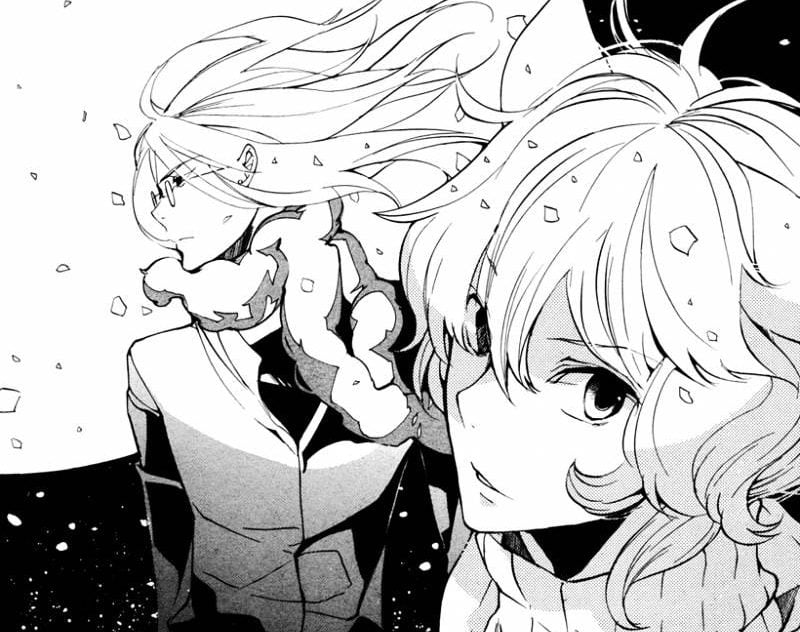
Koga-sensei’s art indeed only improved. For thirteen books now, LOVELESS has held sharp, yet delicate linework in its illustrations.
The series is slated to end with volume fifteen; with just two books remaining. Since Seimei’s antagonistic plan is still not revealed and the intentions of the Sepital Moon remain a mystery, LOVELESS just feels like a lost cause. Can it be salvaged in two books? I’d like to think so, only to believe that I didn’t waste over a decade of patience on bad manga.
At the very least, the 2005 TV anime gave us the ballad, Michiyuki, composed by Yuki Kajura (who went on to compose for Fate / Stay Night: Heaven’s Feel). It was performed by Kaori Hikita. Over a decade later it’s still a beautiful song and my most frequent choice at karaoke.


